Landscaping: How to combine nature, design and sustainability in your projects
The power of nature can transform the way we design and live in spaces. Find out how landscaping has become an essential element in the search for balance, beauty and sustainability.
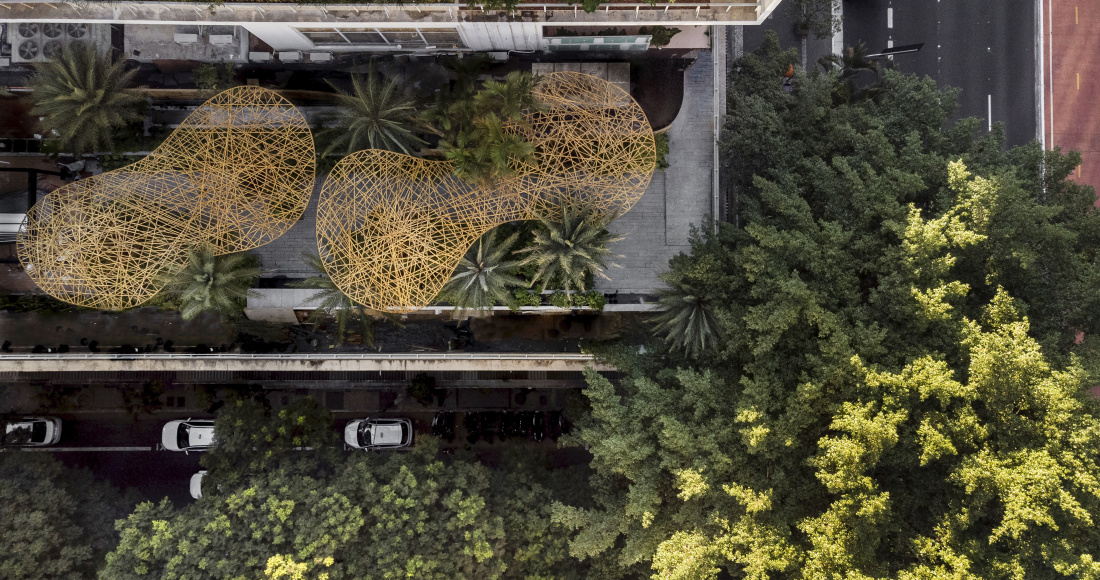
Landscaping is a complementary art to architecture, combining beauty, functionality and sustainability in architectural projects. By integrating natural elements with built spaces, environments are transformed, offering aesthetic comfort and well-being.
And what proves this is Neuroarchitecture - a discipline that studies the influence of the environment on the human brain, altering people's behavior and mood. So below, we're going to explore how landscaping and architecture go hand in hand. Read on and find out all about landscaping, from the concept to Roca Cerámica 's inspirations for residential and commercial projects.
What is the Concept of Landscaping?
Landscaping goes far beyond arranging plants in a space. Allied to architecture, it involves designing a natural landscape in built environments, taking into account ecological, aesthetic and functional factors.
A good landscaping project combines vegetation, water, stones and architectural structure to create balanced spaces. Within these elements, it studies the best arrangement of colors, sizes and textures.
This combination promotes interaction between man and nature, contributing to a healthier and more connected lifestyle - whether residential or otherwise.
What is Residential Landscaping?
Residential landscaping adapts to the needs and lifestyle of residents, transforming outdoor areas into welcoming and functional extensions of the home. This can include gardens, leisure areas, swimming pools and even urban vegetable gardens.
The focus is on creating personalized spaces that dialogue and harmonize the landscaping and architecture of the property, enhancing the project as a whole. So, with the right choice of plants, materials and decorative elements, the project becomes a reflection of the residents' personality, ensuring warmth and balance.
Landscaping and Architecture: Main Features

The relationship between landscaping and architecture lies in the ability to create unity between environments. Therefore, certain characteristics for each type of space are indispensable, for example:
Outdoor Landscaping

From large spaces to small backyards, the use of grasses, paths lined with natural materials and strategically placed vegetation can transform the residents' experience. In addition, elements such as water mirrors, decks and pergolas also add value.
Roca Cerámica's ABS finish is ideal for decking and areas around the pool, as it offers high durability and slip resistance. Available in textures that imitate stone or wood, they are perfect for integrating safety, beauty and functionality into your landscaping.
Furniture Landscaping
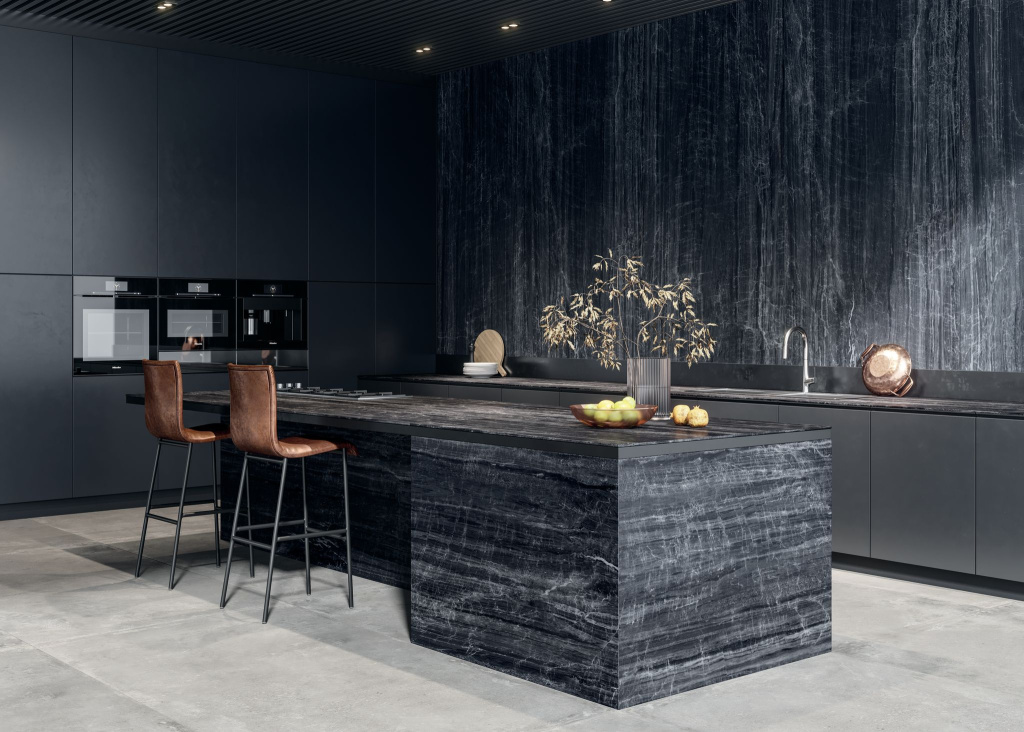
This integration with furniture is gaining ground, especially in urban environments. Vertical gardens, decorative pots and furniture designed to support vegetation are practical solutions, bringing nature into spaces without compromising contemporary design.
SuperFormats are ideal for applications in decorative panels and furniture tops, allowing you to create customized pieces that combine modern aesthetics and resistance.
Thus, with a wide range of textures and colors, they are perfect for projects that value the integration of functionality and style.
Biophilia
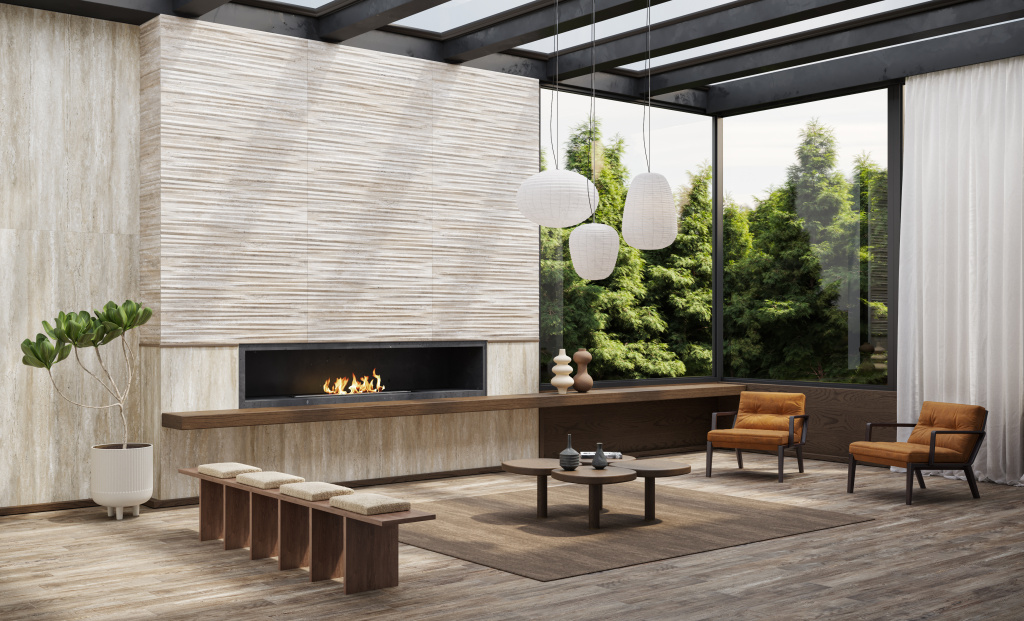
Inspired by the intrinsic connection between humans and nature, it seeks to create spaces that encourage contact with natural elements. Plants, water, natural light and organic materials are essential for a more welcoming and healthy atmosphere.
Porcelain tiles with natural textures and colors stand out in this concept, as they create a unique visual harmony. Thus, coverings that imitate wood or natural stone help to bring a sense of comfort and closeness to nature, both indoors and outdoors.
Natural stones

Protagonists in many landscaping projects, natural stones are resistant and versatile and can be used for paths, walls or decorative elements.
In fact, their texture and varied colors make it possible to create compositions that dialogue with different architectural styles, from rustic to minimalist. Tiles that reproduce natural stone offer a practical and sophisticated solution for replacing original stone.
As well as being lighter, easier to install and more economical, they maintain the elegance and resistance required for sophisticated and long-lasting landscaping projects.
Landscaping Project: How to do it?
Creating a landscaping project requires steps to ensure that it is carried out faithfully in accordance with the client's wishes and the intentionality of the landscaping professional's choices.
Check it out!
1. Terrain analysis
Understand the conditions of the soil, climate and solar orientation in order to choose the right elements.
2. Definition of Objectives
Identify the desired use for each area, considering factors such as aesthetics, functionality and maintenance.
3. Choosing elements
Selecting the vegetation and materials to compose the space in a way that suits the environment and complements the architecture.
4. Maintenance Planning
Ensure that the landscaping is sustainable in the long term, with choices that minimize future costs and efforts. By following these steps, the professional has the opportunity to explore different styles and innovations, highlighting the project with exclusivity and originality.
Every planning decision also reflects the visual impact and connection with the surroundings. In this way, the landscaping project becomes a true expression of creativity and technique.
Landscaping and Architecture: Get inspired by Roca Cerámica
Roca Cerámica offers innovative solutions for those looking to integrate landscaping and architecture with elegance. So, with coverings that reproduce natural stone, wood and other organic elements, it helps create spaces that balance sophistication and sustainability.
Navona Series
With the new "Natural" color, it is available in 60×120 (Matte) and 120×120 (Matte, ABS and Micro Relief - a new finish from Roca Cerámica that gives the piece a natural touch) and 120×250 (Matte and Micro Relief) formats.
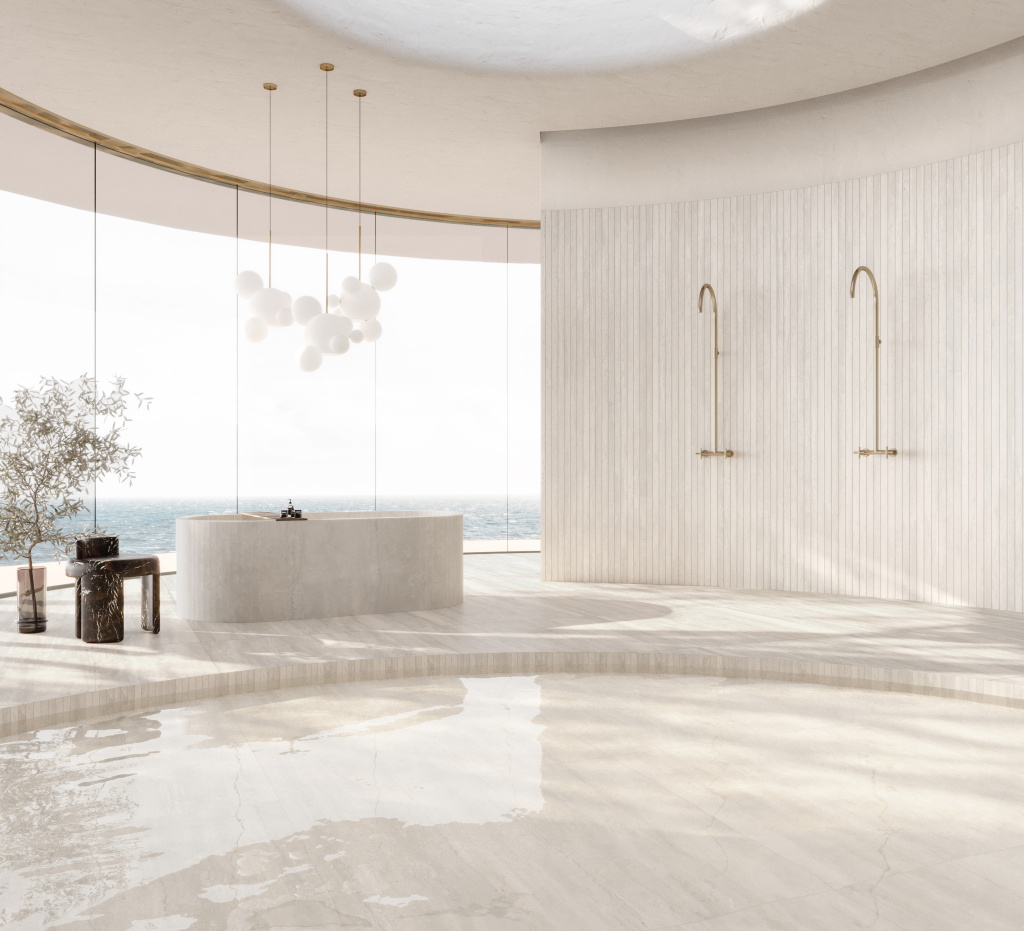
Limestone series
The SuperFormats are available in sizes 120×120 and 120×250 in the colors Gray, Greige and Off White.
The range is versatile and comes in a variety of finishes. It can be applied in environments with different usage needs, including outdoors, to highlight the appearance of natural stone.

Ceppo Di Gre series
In the new color "Off White" in SuperFormat 120×120 (Matte and ABS), the series has matte and Micro Crystal versions, ideal for floors and walls indoors or details such as fireplaces, facades, countertops and worktops.
Also available in 120×250 format and with a minimum joint size of 2 mm.
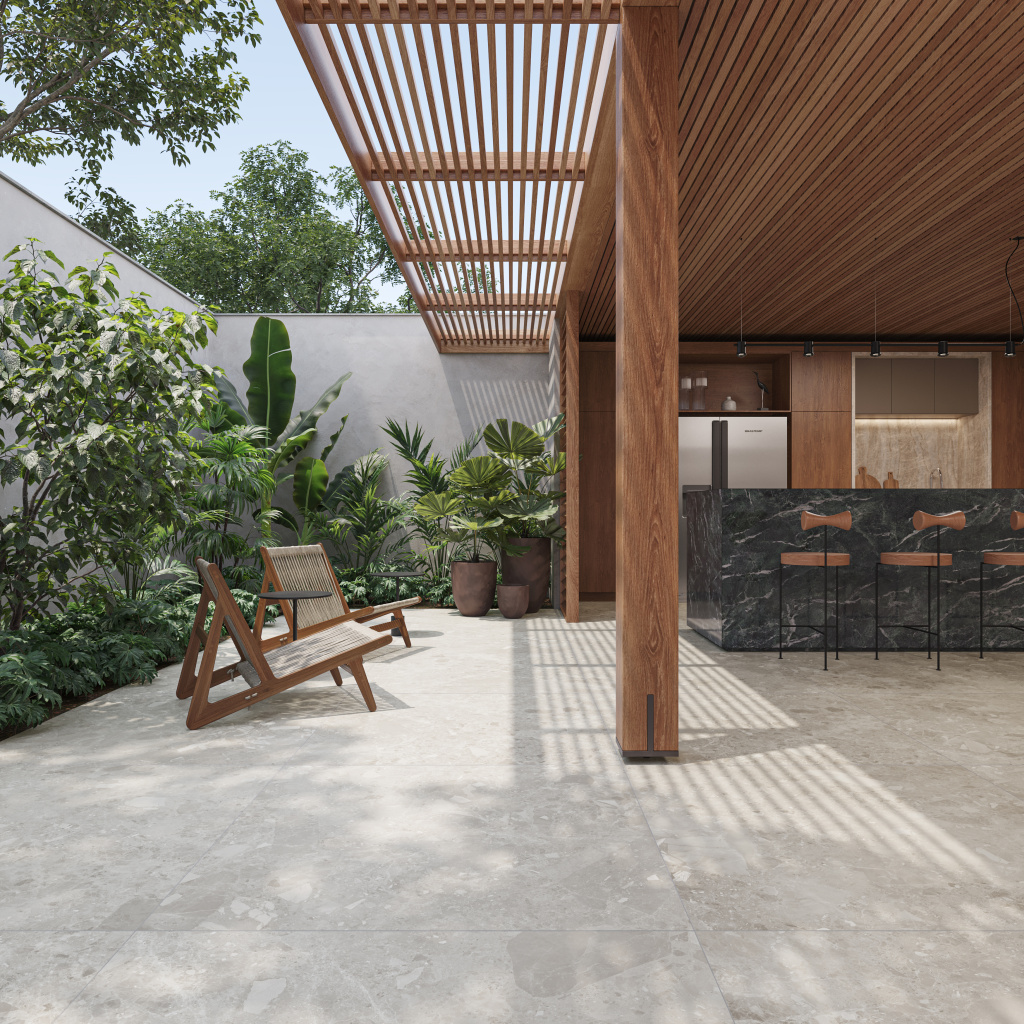
Finally, with the 2025 Launches you can be inspired by the Roca Cerámica series and transform your environment into a haven focused on the well-being of residents. After all, landscaping is a natural extension of architecture and enhances the quality of spaces.
Share this content with anyone who might be interested!





